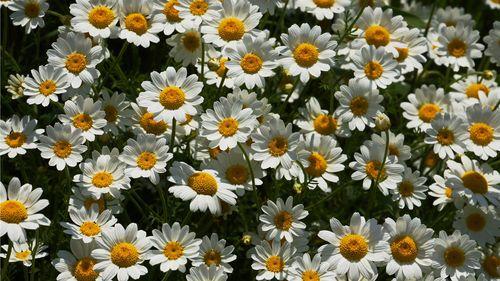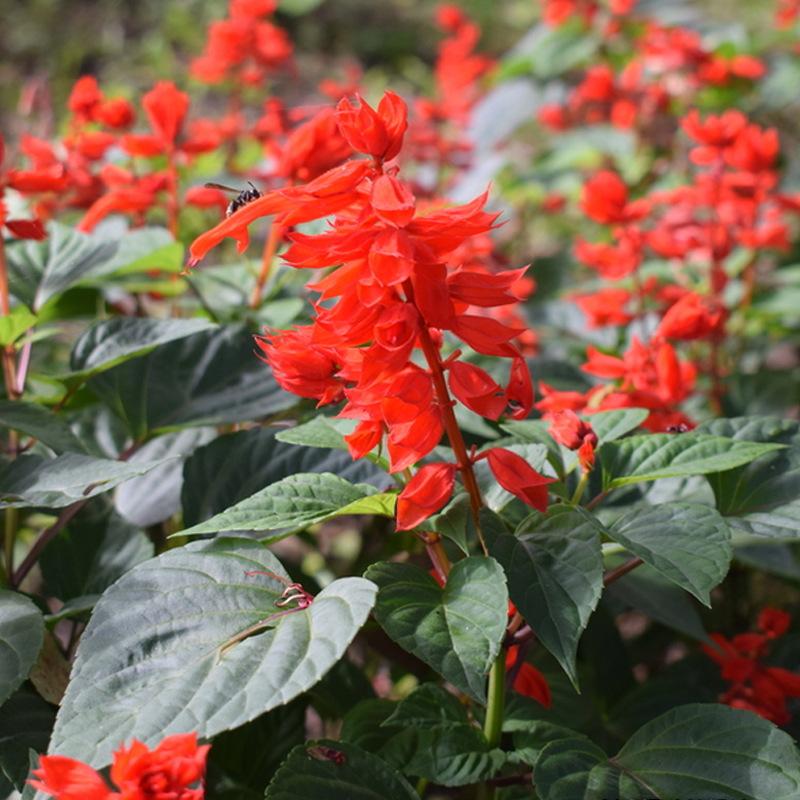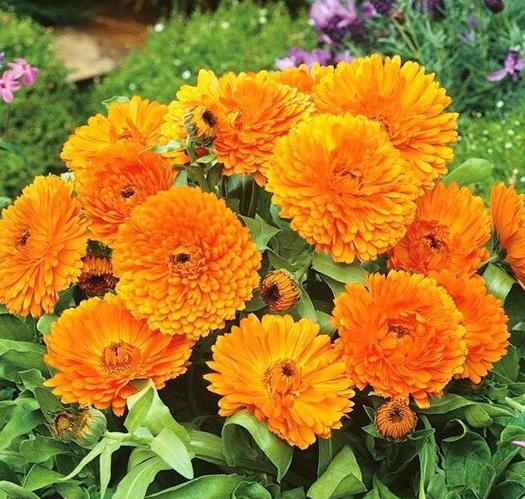Blandfordiaceae is a fascinating family of flowering plants native to Australia. One interesting story about Blandfordiaceae is its unique pollination strategy. The flowers of these plants are designed to attract specific bird species known as honeyeaters. The flowers produce copious amounts of nectar, and their shape and color make them easily visible to the birds. As the birds feed on the nectar, they inadvertently brush against the plant’s sticky stigma, which allows for pollen transfer and successful pollination. This intricate relationship between Blandfordiaceae and honeyeaters showcases the remarkable adaptations plants undergo to ensure their survival.
Picture
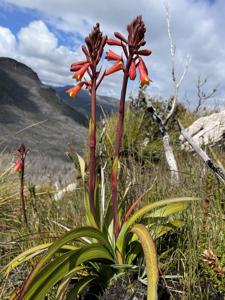
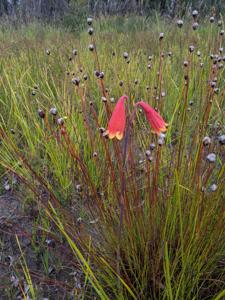
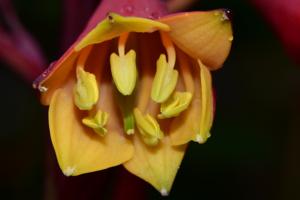
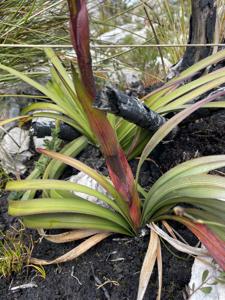
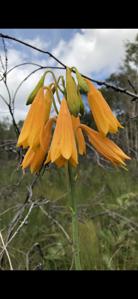
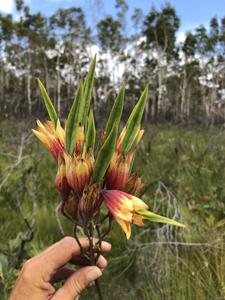
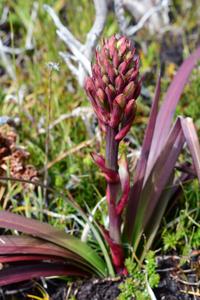
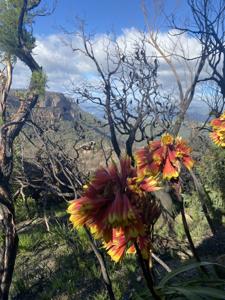
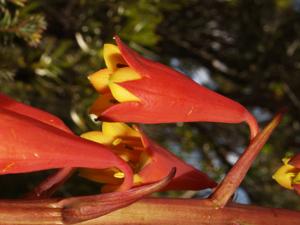
Plant some seeds now!
Short Description
Blandfordia, commonly known as Christmas bells, is a genus of four species of flowering plants native to eastern Australia. Christmas bells are tufted, perennial herbs with narrow, linear leaves and up to twenty large, drooping, cylindrical or bell-shaped flowers.
Description
Plants in the genus Blandfordia are tufted, perennial herbaceous monocots with fleshy, fibrous or tuber-like roots from a corm. The leaves are narrow linear, usually crowded in two ranks from the base of the flowering stem. Up to twenty flowers are arranged near the top of the flowering stem that has small, leaf-like bracts. The flowers are usually red with yellow lobes. The sepals and petals are fused to form a tube-shaped, cylindrical or bell-shaped flower with six lobes about one-fifth the length of the tube. There are six stamens fused to the inside wall of the flower tube and the style is linear. Flowering occurs in spring or summer and is followed by the fruit which is a capsule, tapered at both ends and containing a large number of hairy brown seeds.

